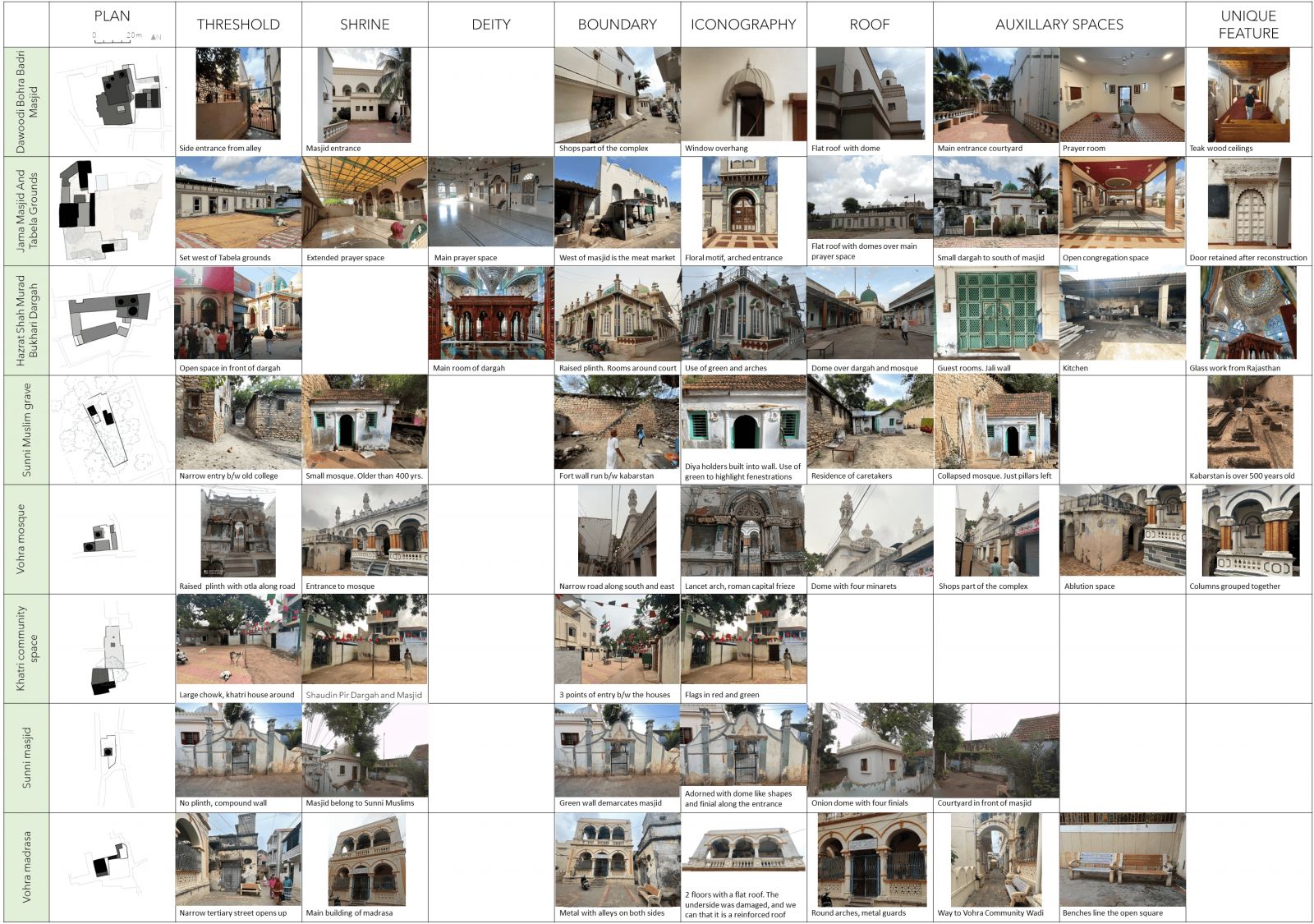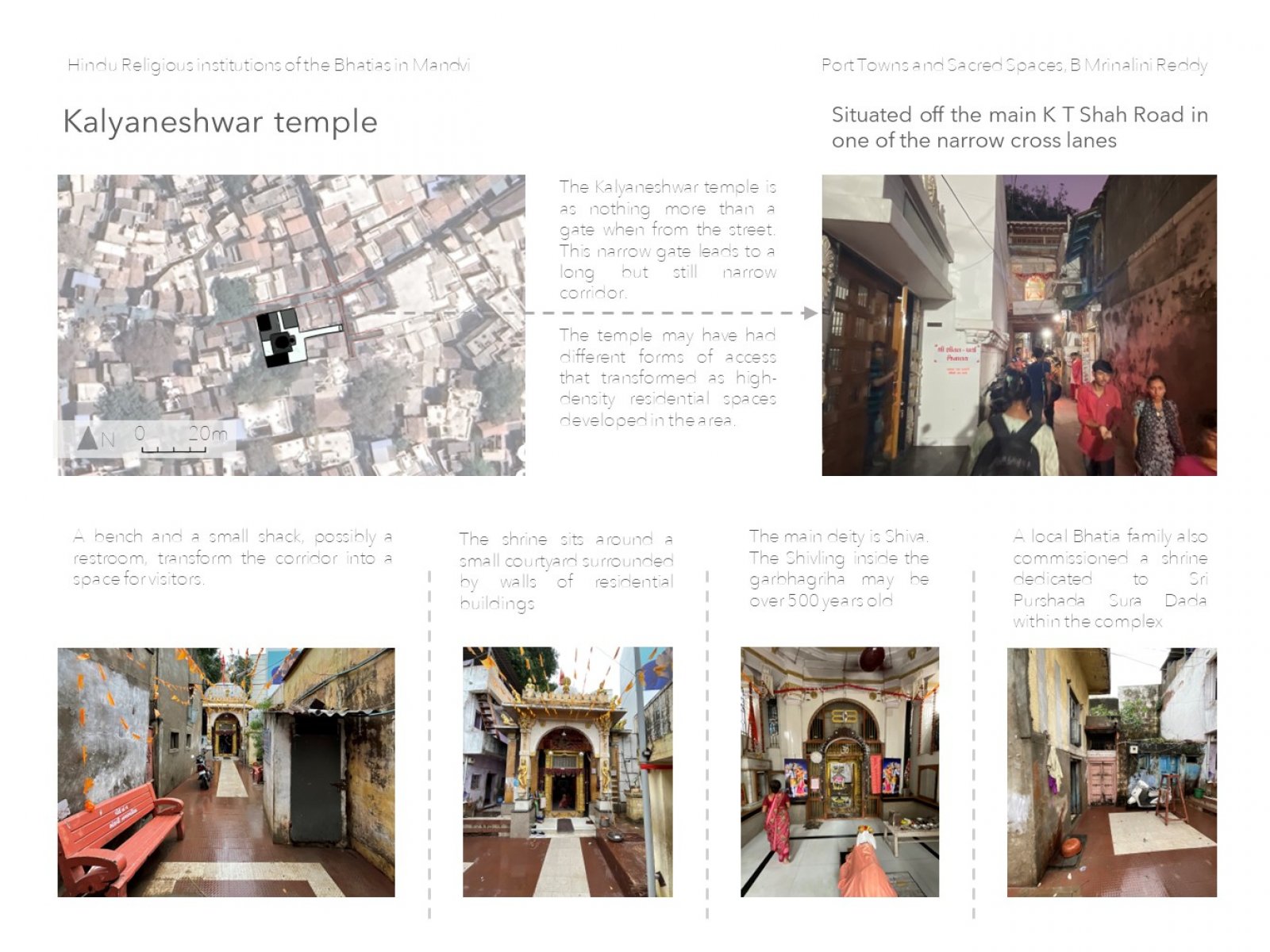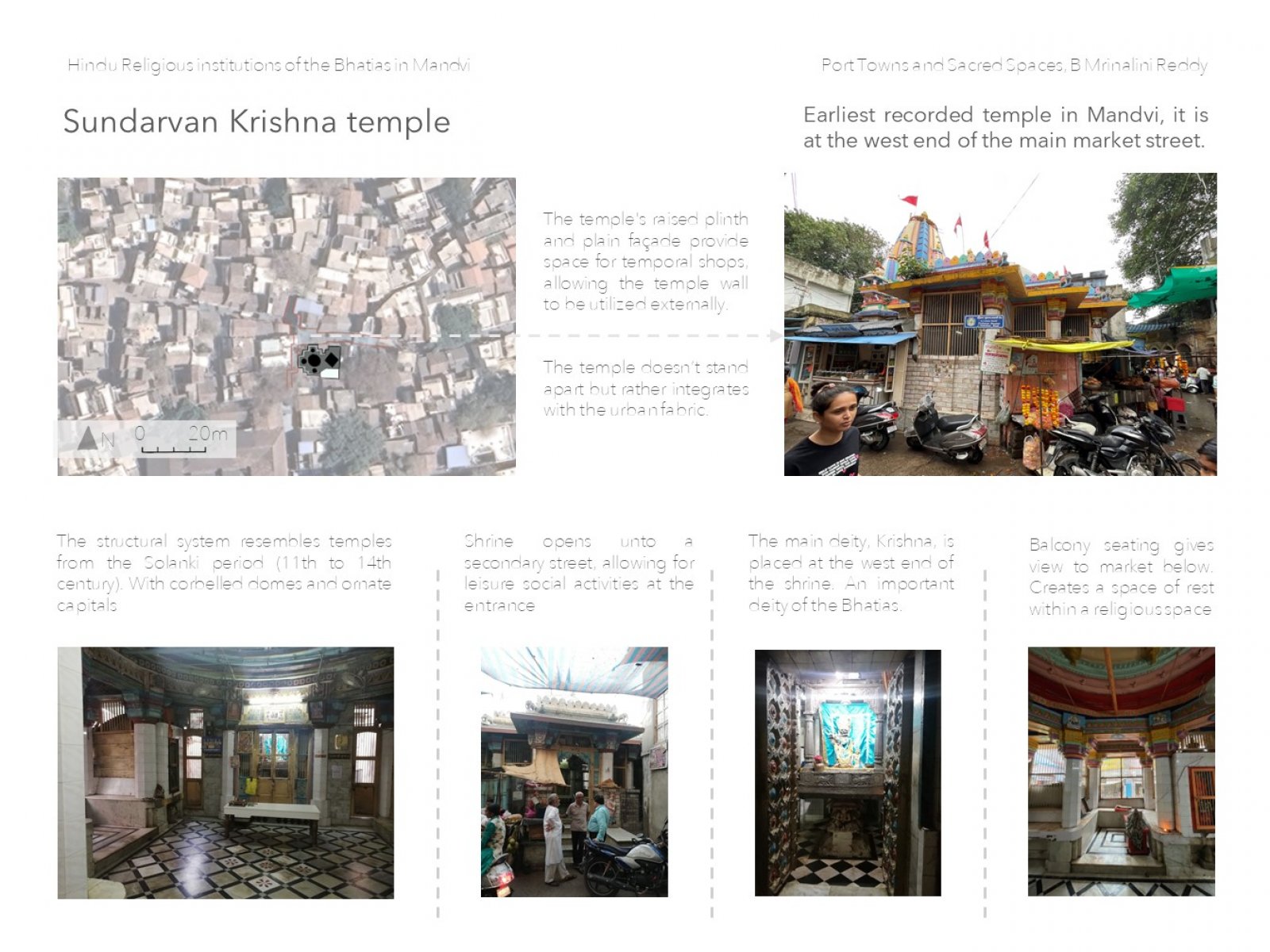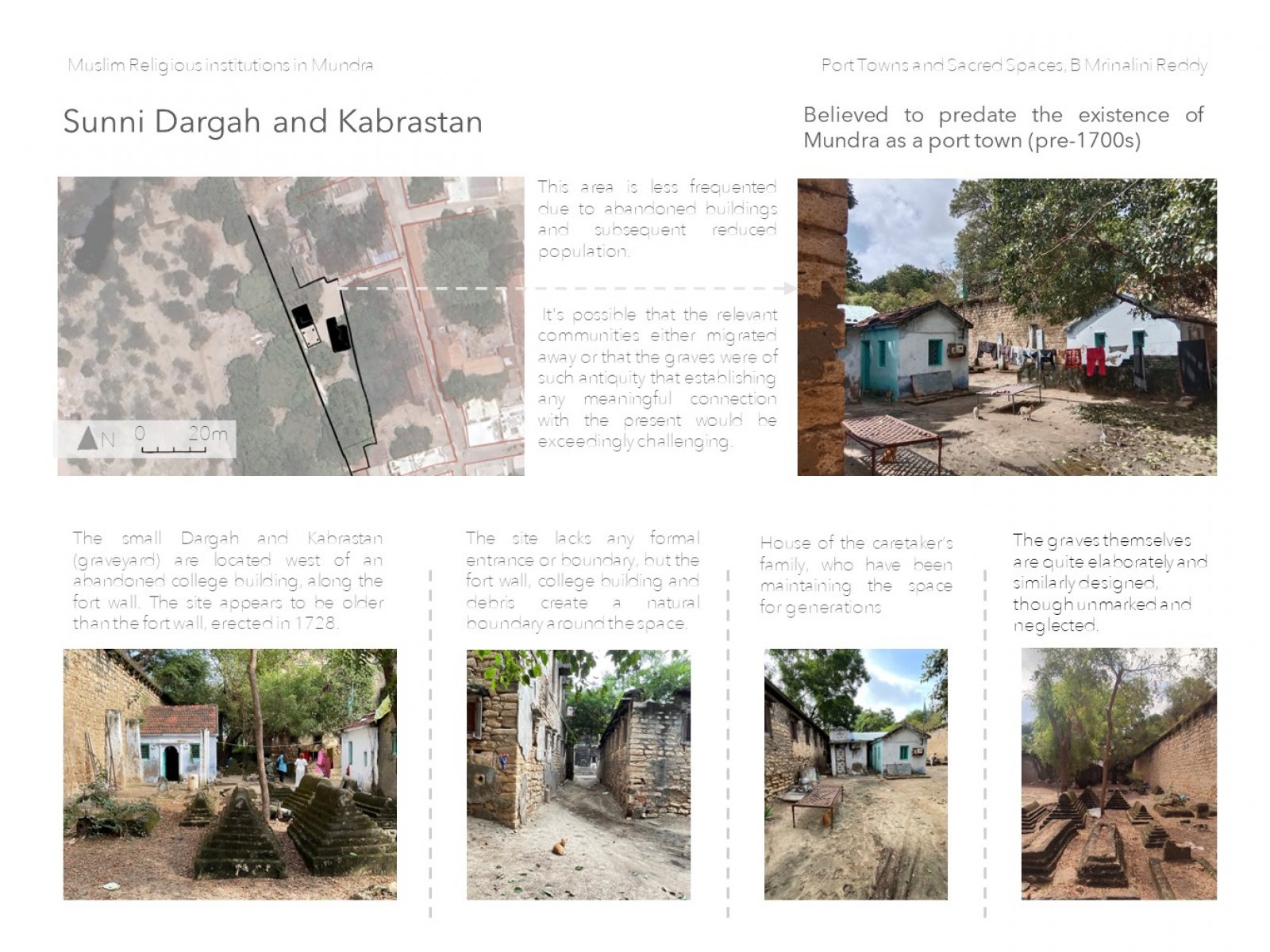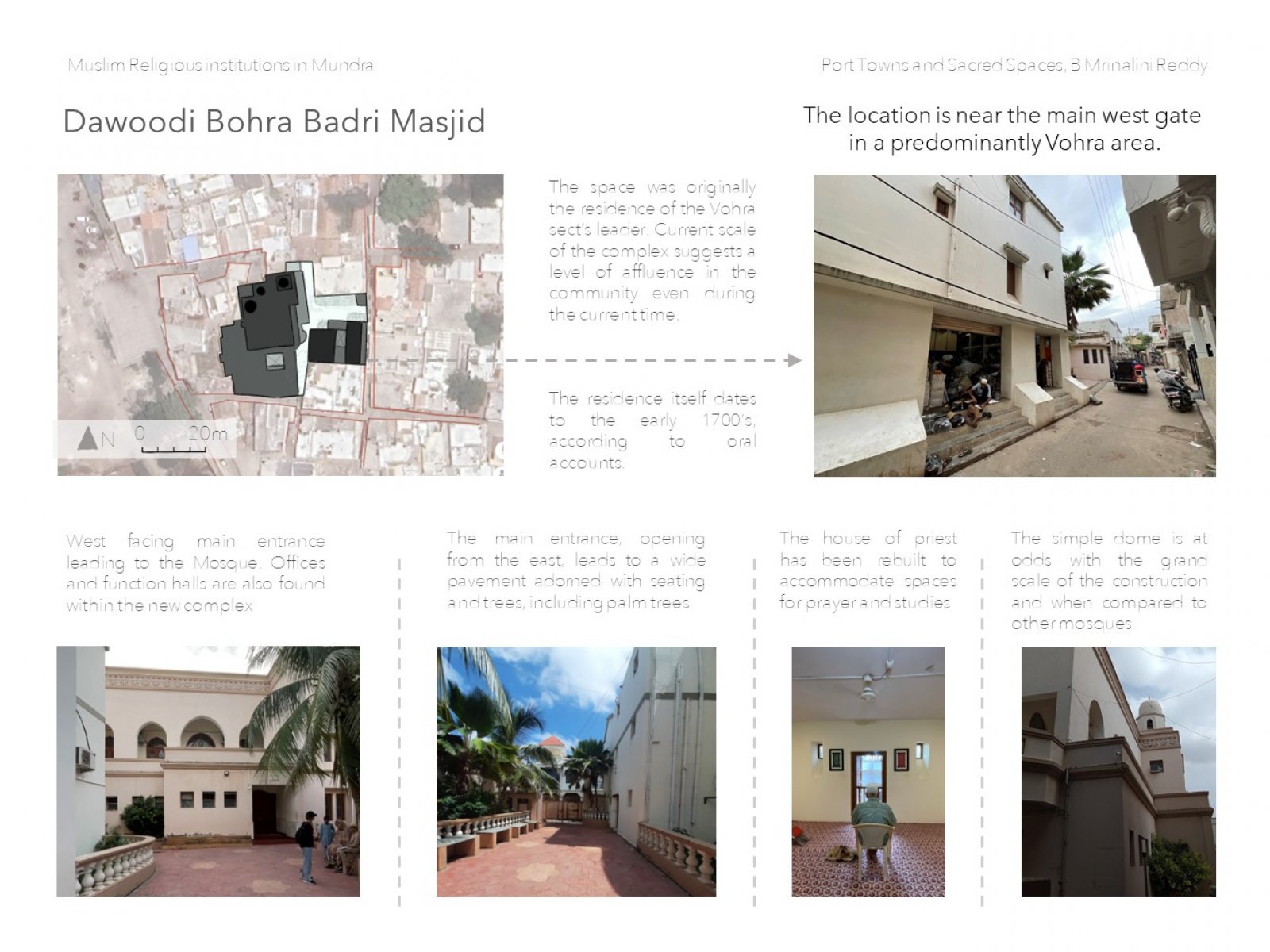Your browser is out-of-date!
For a richer surfing experience on our website, please update your browser. Update my browser now!
For a richer surfing experience on our website, please update your browser. Update my browser now!
Tracing the Evolution of Mandvi and Mundra Through Religious
Institutions as Communal Architecture.
The project focuses on finding the connections between religious community spaces and the surrounding community. The communities are segregated based on caste and religion, with occupations related to maritime trade prevailing the most. To gain a deeper understanding of how these institutions have maintained their relevance despite the shifting social landscape, our examination will focus on six such institutions, each offering varying degrees of interaction and influence on, as well as by, the local communities. In Mundra, we have selected three. In Mandvi, our attention turns to three Hindu institutions affiliated with the Bhatias, a prominent merchant caste.
_page-0001.jpg)

